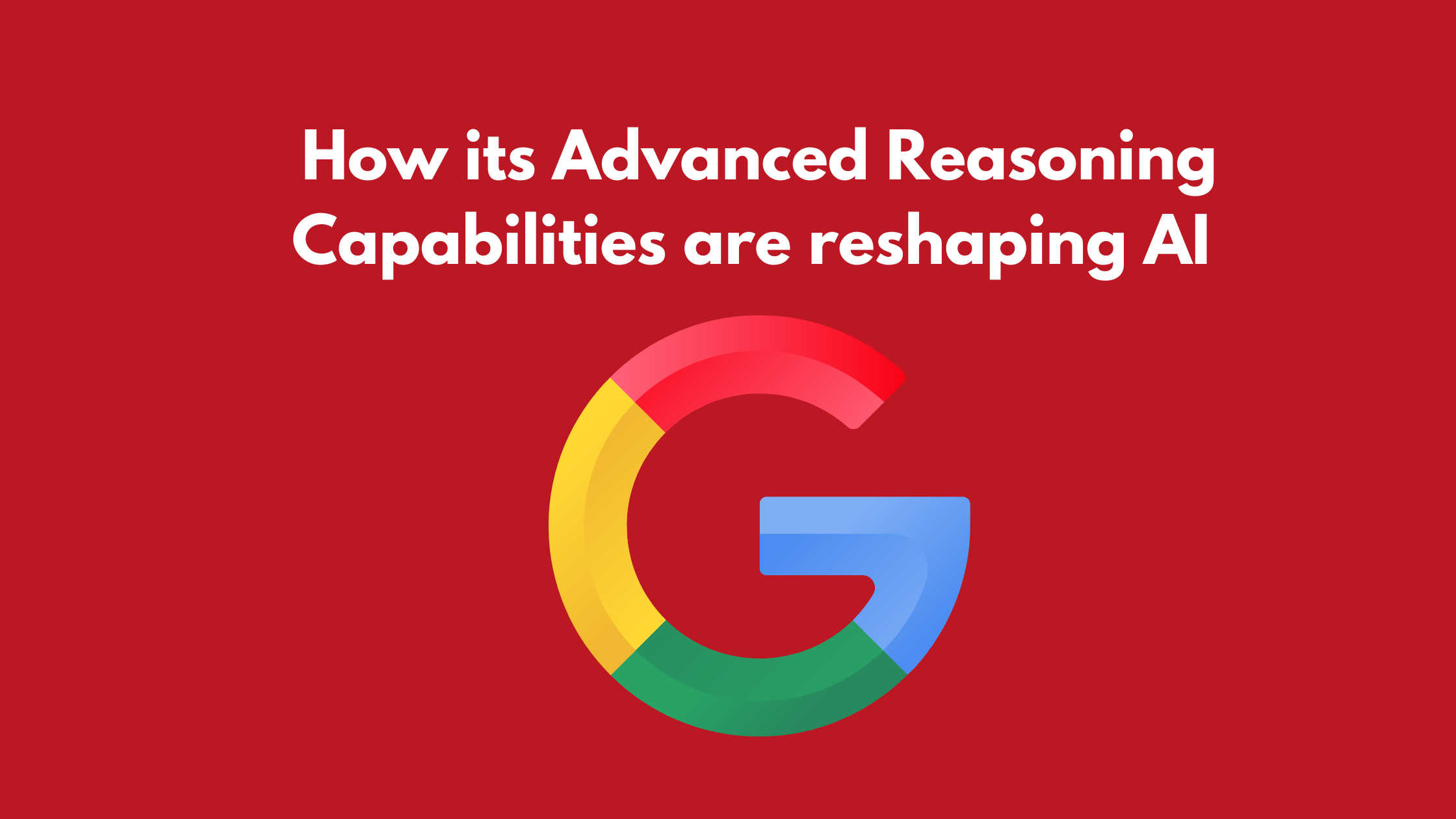.png)
In 2025, micro-influencers are transforming digital marketing with their high engagement, authenticity, and niche audience appeal. Unlike traditional influencers, they offer cost-effective collaborations and stronger trust among followers. This blog explores how brands can leverage micro-influencers for targeted campaigns, measure their impact, and stay ahead of future trends in influencer marketing.
Table of Contents
- Introduction to Micro-Influencers
- Why Micro-Influencers Matter in 2025
- Key Benefits of Micro-Influencer Marketing
- Higher Engagement Rates
- Authenticity and Trust Factor
- Cost-Effective Collaboration
- Niche Audience Targeting
- How to Identify the Right Micro-Influencers
- Audience Analysis
- Engagement Metrics
- Content Alignment
- Strategies for Effective Micro-Influencer Campaigns
- Crafting a Clear Campaign Objective
- Leveraging UGC (User-Generated Content)
- Long-Term Brand Collaborations
- Cross-Platform Promotion
- Measuring Success: KPIs and Analytics
- Engagement Rate vs. Reach
- Conversion Tracking
- ROI Calculation
- Case Studies: Brands Winning with Micro-Influencers
- Future Trends in Micro-Influencer Marketing
- Conclusion
1. Introduction to Micro-Influencers
Micro-influencers (10,000 to 100,000 followers) are becoming game-changers in the changing digital marketing landscape. With their highly engaged audiences, they are perfect for focused marketing campaigns in 2025.
2. Why Micro-Influencers Matter in 2025
With social media sites filling up with celebrity endorsements, authenticity and niche influence are becoming the new stars. Micro-influencers provide authentic brand advocacy, which is why they are the first choice for digital marketers who want to establish trust and generate conversions.
3. Main Advantages of Micro-Influencer Marketing
Increased Engagement Rates
Micro-influencers have higher engagement rates (3-10%), which means their content is more effective compared to mega-influencers.
Authenticity and Trust Factor
Micro-influencers are seen as authentic people, not distant celebrities, by followers, which builds trust and authenticity.
Affordable Partnership
Compared to conventional influencers, micro-influencers are cheaper, enabling brands to execute campaigns without burning through their budget.
Specific Audience Targeting
Micro-influencers focus on a niche industry, which ensures your brand is hitting a highly targeted and engaged audience.
4. How to Choose the Right Micro-Influencers
Audience Analysis
Make sure the audience of the influencer appeals to your target audience, interests, and buying patterns.
Engagement Metrics
See past the number of followers and inspect likes, comments, shares, and story engagement.
Content Alignment
Select influencers whose values, aesthetics, and brand voice align with your company messaging.
5. How to Run Effective Micro-Influencer Campaigns
Writing a Clear Campaign Objective
Establish your objectives—brand awareness, lead gen, or sales—before going out to influencers.
Making the Most of UGC (User-Generated Content)
Get influencers to produce genuine, organic content that can be repurposed on social media and sites.
Long-Term Collaborations with Brands
Single-use posts are so last season! Long-term collaborations with influencers guarantee consistent brand messaging.
Cross-Platform Promotion
Use micro-influencers on Instagram, TikTok, YouTube, and LinkedIn to reach the maximum audience.
6. Measuring Success: KPIs and Analytics
Engagement Rate vs. Reach
Opt for engagement metrics instead of vanity metrics, as engagement reflects actual interest.
Conversion Tracking
Employ UTM links, promo codes, and affiliate tracking to gauge direct influence.
ROI Calculation
Examine cost per engagement (CPE) and cost per acquisition (CPA) to establish campaign profitability.
7. Case Studies: Brands Winning with Micro-Influencers
Glossier's Community-Driven Approach
Glossier used micro-influencers to establish a loyal community, leading to viral word-of-mouth marketing.
Nike's Localized Influencer Strategy
Nike partnered with local fitness personalities to drive hyper-targeted campaigns in various geographies.
8. Micro-Influencer Marketing Trends of the Future
AI-Driven Influencer Matching: AI technology will facilitate influencer identification for hyper-targeted campaigns.
Nano-Influencers Taking Over: Brands will increasingly focus on influencers with fewer than 10K followers for even greater authenticity.
Blockchain Transparency: Smart contracts will guarantee equitable partnerships and payment security in influencer marketing.
9. Conclusion
Micro-influencers are revolutionizing 2025 digital marketing strategy, providing brands with an authentic, affordable, and high-engagement solution to standard influencer marketing campaigns. Utilizing strategic collaboration, niche marketing, and data-enabled decision-making, organizations can generate maximum brand impact and ROI within a highly competitive digital environment.
#digital marketing# sales# growth# trends# 2025# micro influencers# digital marketing campaign# website development# website servicesLogixhunt is an IT company that provides cutting-edge services in the fields of website development, software development, and mobile app development. Logixhunt is dedicated to providing quality services to our clients, and helping young college students learn the most in-demand skills in the industry. We offer 3 and 6 months internship programs to college students, so they can stay up to date with the latest trends in the field. Our experienced team of professionals is always ready to help students hone their skills and become the next generation of tech professionals.

.png)
